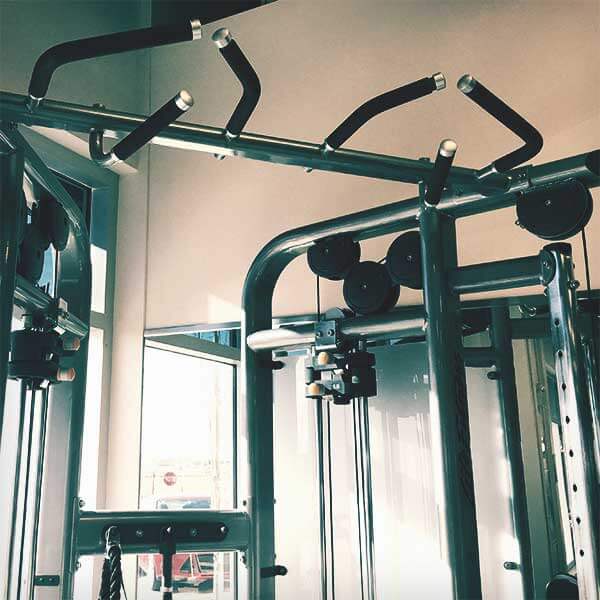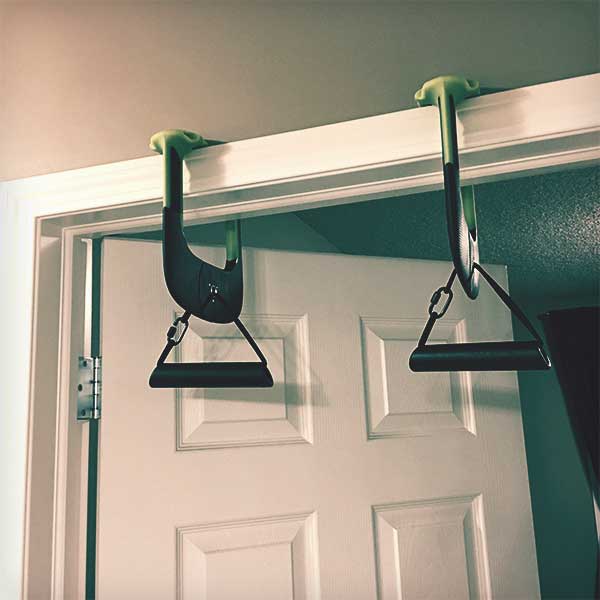PULL-UP GUIDE
PULL-UP GUIDE
How to do Pull-ups
Pull-ups are a compound upper-body exercise. They can be a difficult exercise to perform. With a little strength and a dash of willpower, pull-ups can be one of the most gratifying exercises in any fitness plan. This step by step guide will help you do a basic pull-up.
Our pull-up guide has the perfect pull-up style for every fitness level. Beginners might want to try the Australian or the Dead Hang variation! For that extra burn, crush the challenge with the Tornado or the Three Finger style.
The Basic Pull-up Steps
Step 1
Take hold of your pull-up apparatus (see Where To Do Pull-ups below) with your hands at slightly wider than shoulder width apart and your palms down facing away from you.
Step 2
Hang from your pull-up apparatus with straight arms and your legs off the floor. Be sure not to fully extend your arms so that your shoulders are at or above chin height.
Step 3
Using your arms and back muscles, pull yourself up towards your hands and point your elbows down towards the floor. Keep your abdominal muscles tight.
Step 4
Pull your body all the way up until your chin passes the height of your hands. Your elbows should be pointed towards the floor. This is one full repetition, or rep.
Step 5
Lower yourself until your arms are once again straight. If doing more than one repetition, repeat steps 1 through 5.
Pro Tip: Assisted Pull-ups using specific gym equipment or resistance banding can also be used to help make pull-ups easier.
Where to do Pull-ups

The Gym

Playground

At Home

Be Creative!
WARNING: Do not do pull-ups in any dangerous locations. This challenge is meant to spread awareness for bullying and not stunt promotion.